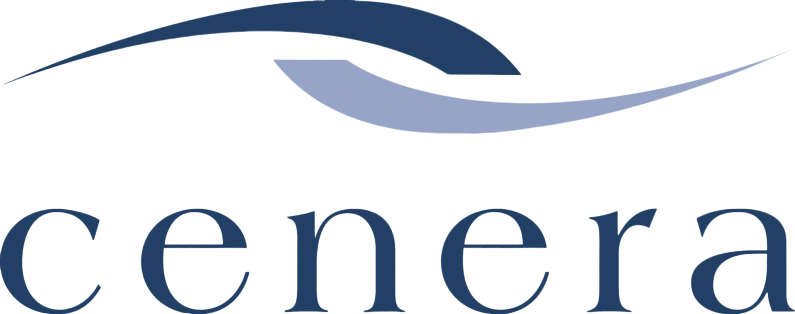Making the Most of Paid Time Off: The Importance of Using Your Vacation Time
Making the Most of Paid Time Off: The Importance of Using Your Vacation Time
As the first half of the year draws to a close, and summer approaches, stepping away from the office is very likely top of mind for many of us.
The benefits of vacation time are well documented. They include stress relief, improved physical and mental health, increased happiness, and better overall well-being (read more about Why Vacations are Important to Productivity.) And while almost everyone would agree that vacations are good for productivity and mental health, the reality is that many of us aren’t using our paid time off each year. As our work and home life become more and more blended, getting into ‘vacation mode’ can start to feel next to impossible.
So whether you’re ready to jump on the next flight or thinking of exploring your own backyard a little more, here’s how you can strike a balance and enjoy some “productive rest” without feeling like you’re falling behind.
1. The Hybrid Vacation
Many of us have grown accustomed to the idea of dovetailing work life and home life together in a hybrid model, so a growing trend for those who work from home is the ‘workcation’. If your employer has a policy in place that allows you to work remotely but from other locations, this hybrid vacation model allows you to combine the best of both. Setting up a remote office amongst new scenery can have mental health benefits without the need for additional time off.
Don’t get us wrong – taking your vacation time as actual time off is essential. But as long as time zones don’t interfere, you could even use the hybrid vacation model to extend your regular vacation – for example, take a trip with a few weeks off and then a few weeks working remotely while you still explore the destination. Sounds pretty great, right?
2. Long Weekends
If you’re inclined to “skip the trip” but have vacation time piling up, consider shortening your work weeks and taking more long weekends. You can save the stress of falling behind at work while still taking time to relax, unplug and recharge.
3. When Do I Know it’s Time for a Vacation? Use the 60/40 Rule
The 60/40 vacation rule means front-end loading your vacation calendar to prevent running out of time to use paid time off. In the first six months of the year, use at least 60% of your vacation time. By the time July arrives, you should have no more than 40% of your annual vacation left to be taken. This ensures some balance in your year and serves as an ongoing reminder to yourself to take the time.
4. I’m on Vacation…Now What?
On at least one vacation each year, do nothing. Skip an early sightseeing tour and sleep in, turn off the technology and reconnect with nature, let things go wrong and aim only to stay in the present. By living in the moment, you’ll return to work rejuvenated and savouring the memories instead of scrolling back through them.
With over 25 years of experience building great workplaces, the team at Cenera can help you and your employees stay happy, healthy and productive at work.
If you need support in developing innovative policies and processes for modern workplaces, reach out to us to learn more about our custom solutions.
Let’s Connect
Never miss an update, click here to subscribe to our monthly newsletter.
Plus, follow us on LinkedIn!
Share This Story, and Choose Your Platform!

